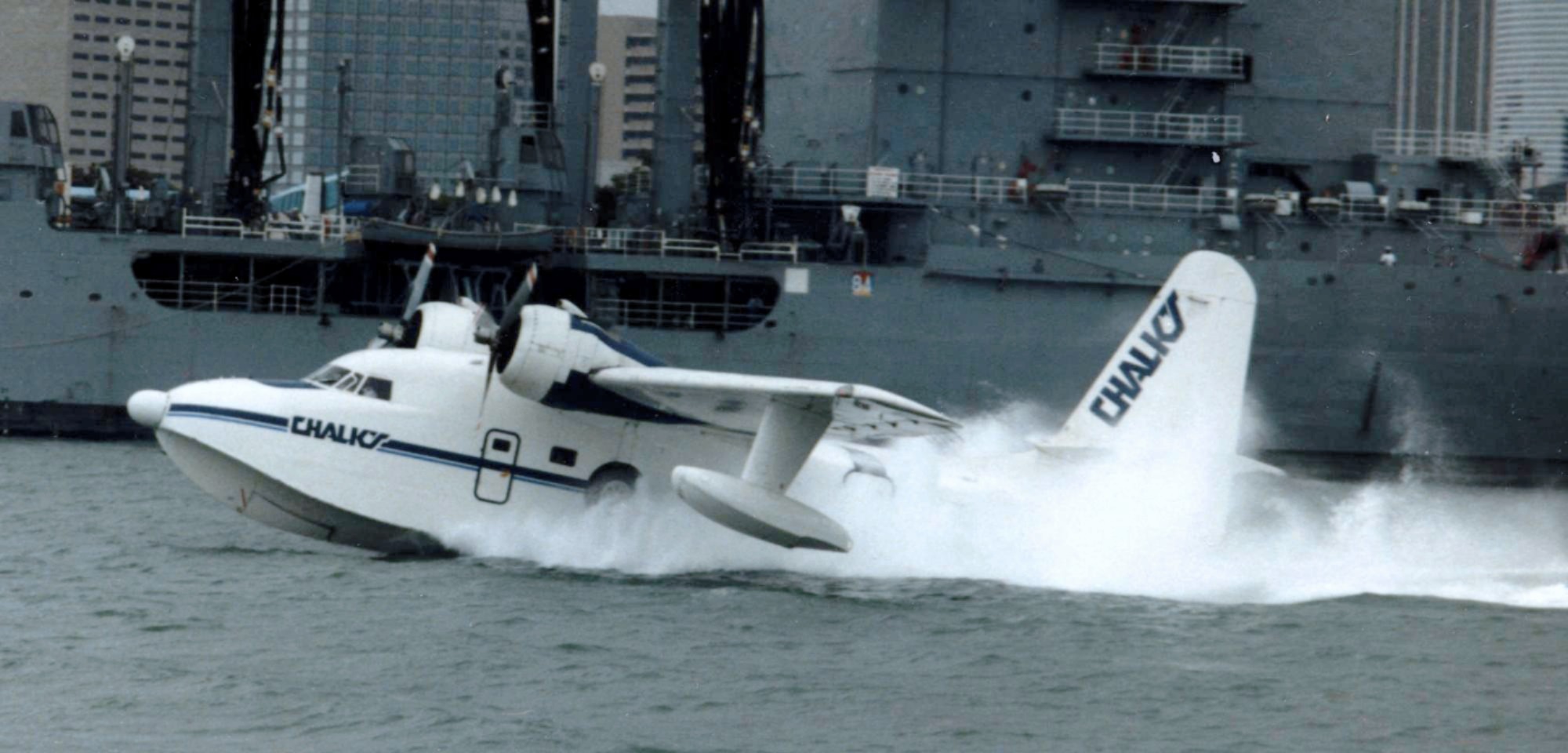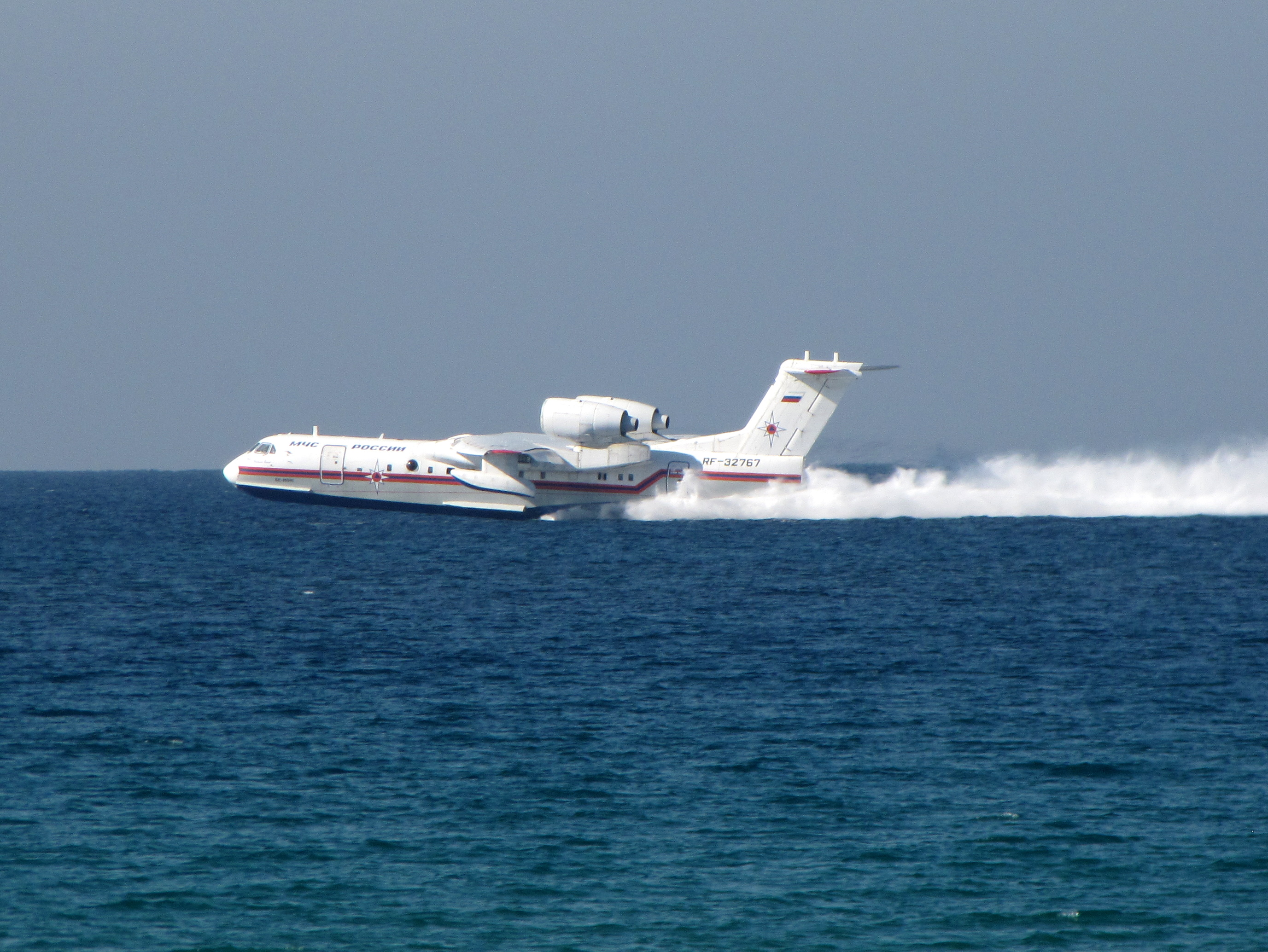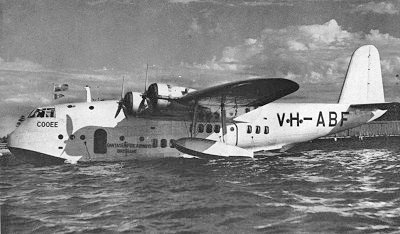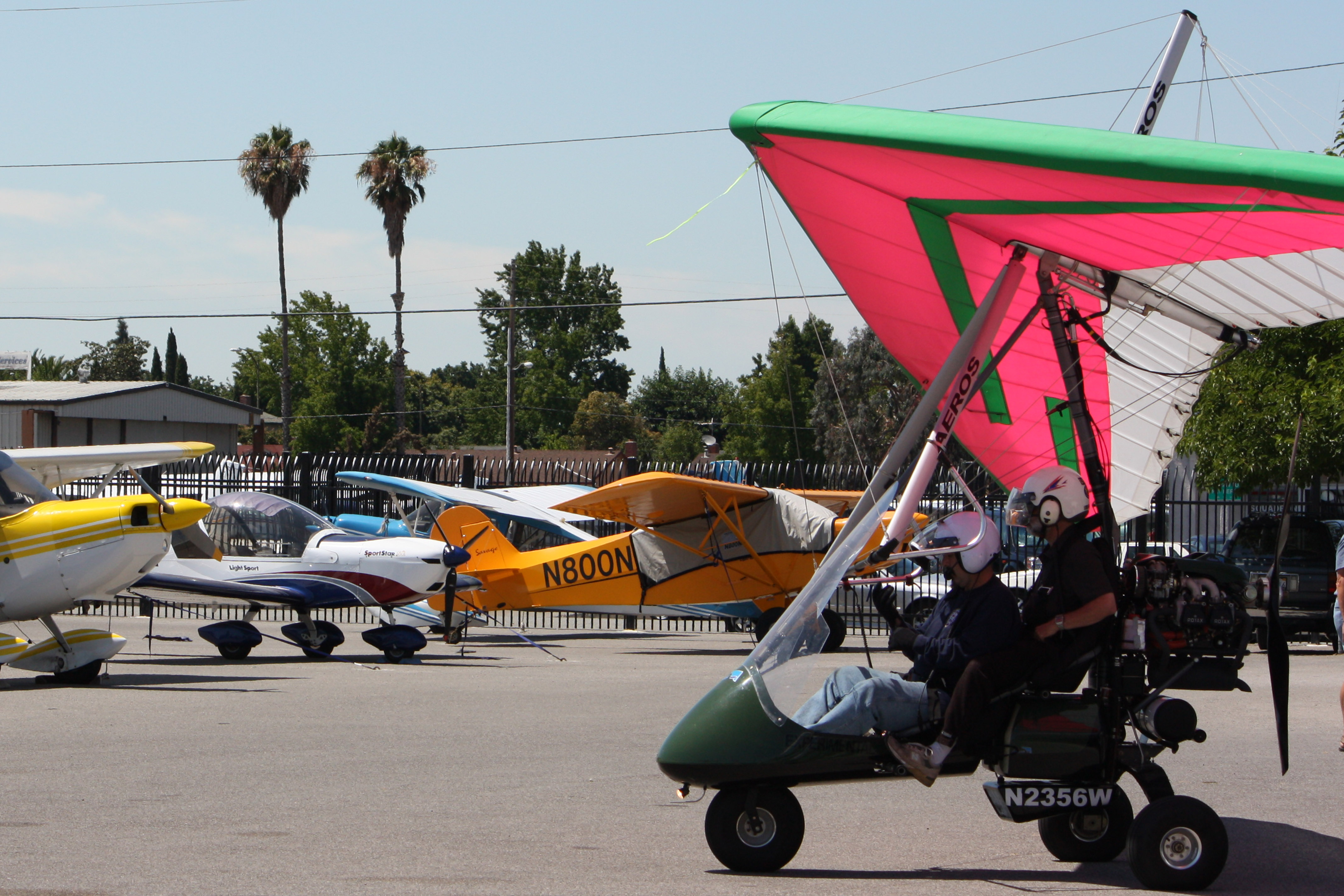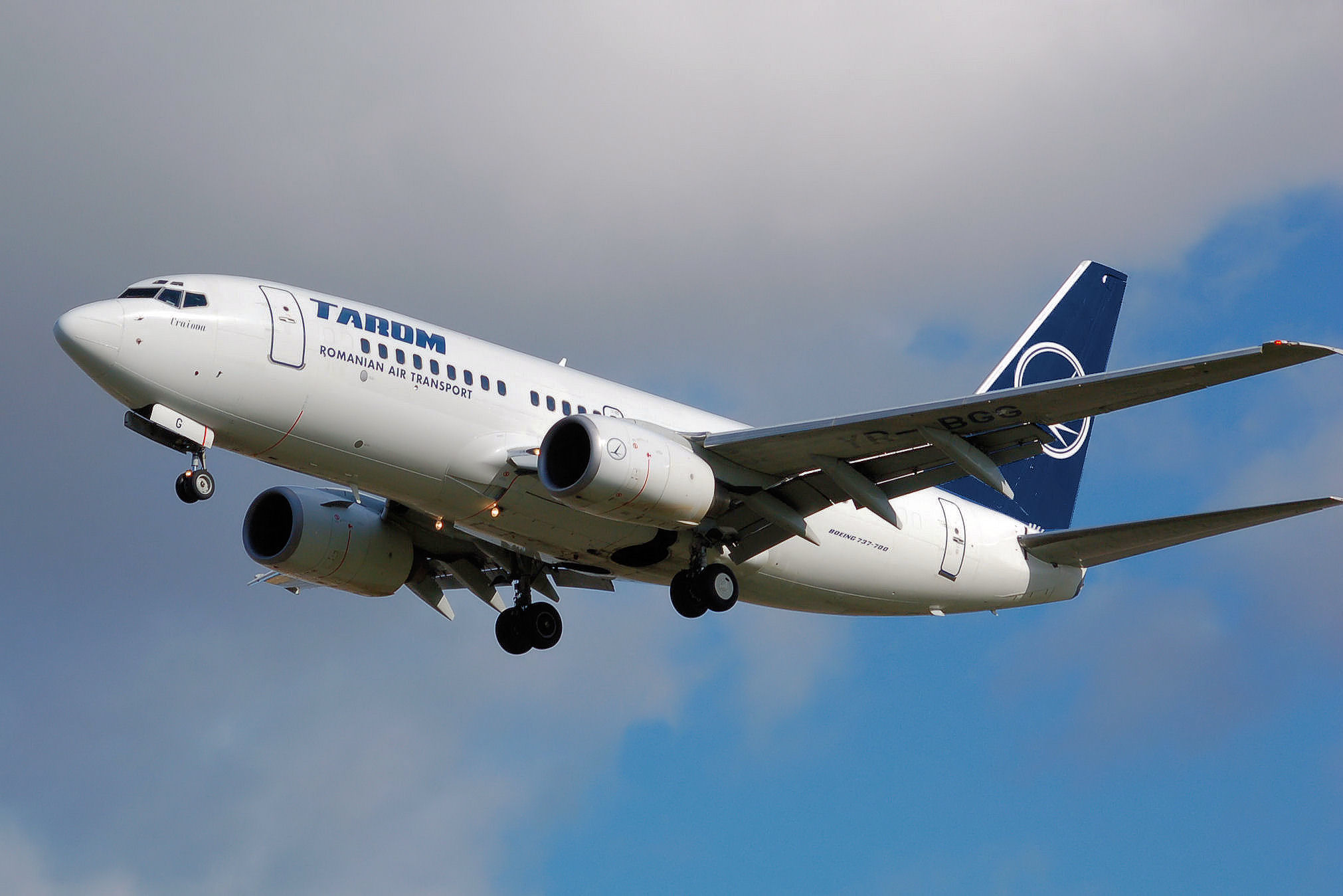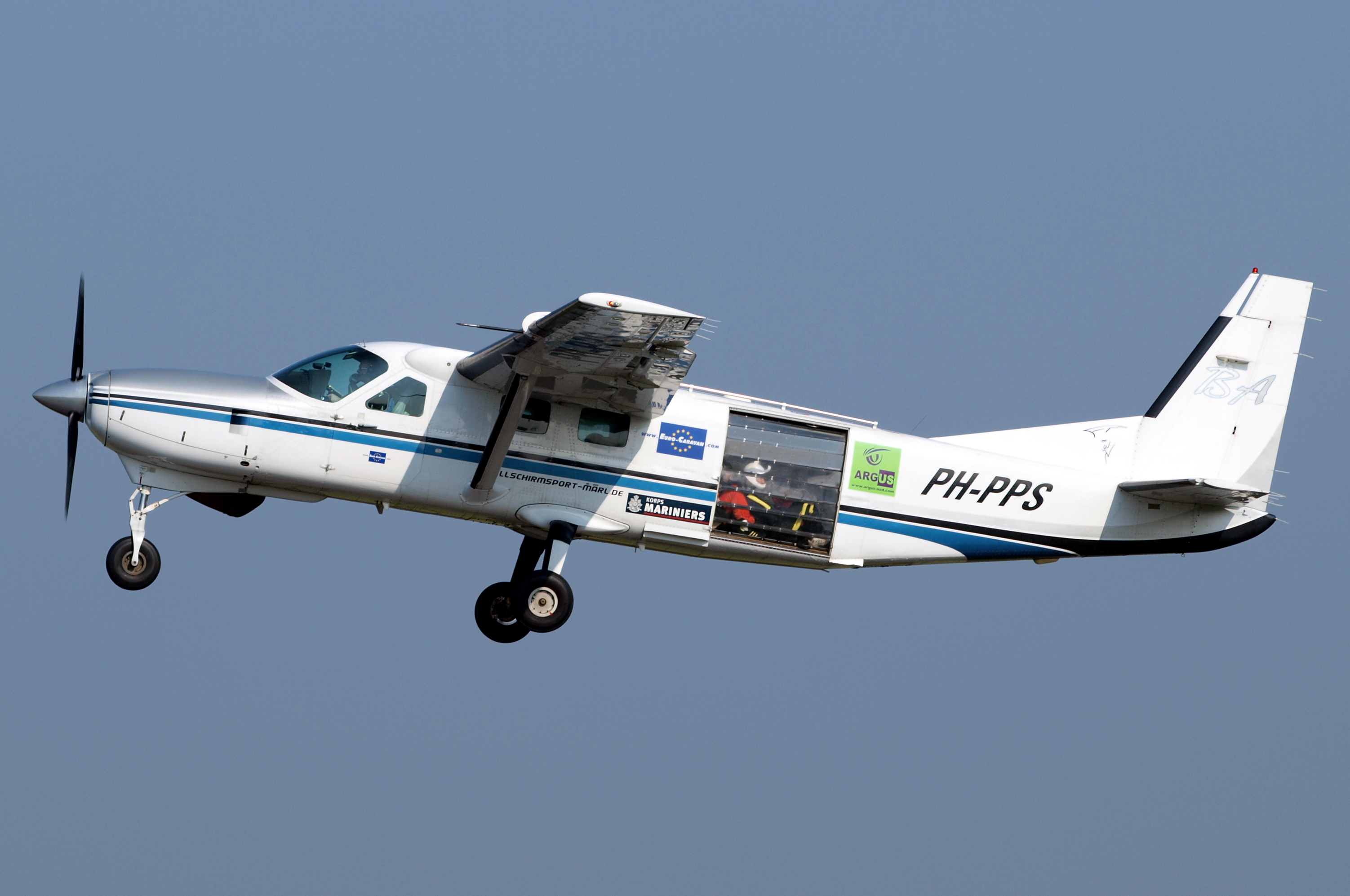|
Seaplane
A seaplane is a powered fixed-wing aircraft capable of takeoff, taking off and water landing, landing (alighting) on water.Gunston, "The Cambridge Aerospace Dictionary", 2009. Seaplanes are usually divided into two categories based on their technological characteristics: floatplanes and flying boats; the latter are generally far larger and can carry far more. Seaplanes that can also take off and land on airfields are in a subclass called amphibious aircraft, or amphibians. Seaplanes were sometimes called ''hydroplanes'', but currently this term applies instead to Hydroplane (boat), motor-powered watercraft that use the technique of Planing (boat), hydrodynamic lift to skim the surface of water when running at speed. The use of seaplanes gradually tapered off after World War II, partially because of the investments in airports during the war but mainly because landplanes were less constrained by weather conditions that could result in sea states being too high to operate seaplanes ... [...More Info...] [...Related Items...] OR: [Wikipedia] [Google] [Baidu] [Amazon] |
Beriev Be-200
The Beriev Be-200 ''Altair'' () is a jet aircraft, jet-powered amphibious aircraft, amphibious flying boat of utility type designed and built by the Beriev, Beriev Aircraft Company. Marketed as being designed for aerial firefighting, fire fighting, search and rescue, maritime patrol, cargo, and passenger transportation, it has a capacity of of water, or up to 72 passengers. The name ''Altair'' was chosen after a competition amongst Beriev and Irkut Corporation, Irkut staff in —2003, as a reference to the name of the Altair, alpha star in the Aquila (constellation), Eagle constellation and because: "Al" is the first part of the name of the Beriev A-40, Beriev A-40 ''Albatross'' amphibious aircraft, whose layout was the development basis for the creation of the Be-200; "ta" stands for Taganrog; and "ir" stands for Irkutsk. Development Initiated in 1989 under the design leadership of Alexander Yavkin, to meet a perceived need for a civilian flying boat smaller than Beriev's mi ... [...More Info...] [...Related Items...] OR: [Wikipedia] [Google] [Baidu] [Amazon] |
Flying Boat
A flying boat is a type of seaplane with a hull, allowing it to land on water. It differs from a floatplane in having a fuselage that is purpose-designed for flotation, while floatplanes rely on fuselage-mounted floats for buoyancy. Though a flying boat’s fuselage provides buoyancy, it may also utilize under-wing floats or wing-like hull projections (called sponsons) for additional stability. Ascending into common use during the First World War, flying boats rapidly grew in both scale and capability during the interwar period, during which time numerous operators found commercial success with the type. Flying boats were some of the largest aircraft of the first half of the 20th century, exceeded in size only by bombers developed during the Second World War. Their advantage lay in using water instead of expensive land-based runways, making them the basis for international airlines in the interwar period. They were also commonly used as maritime patrol aircraft and air-s ... [...More Info...] [...Related Items...] OR: [Wikipedia] [Google] [Baidu] [Amazon] |
Floatplane
A floatplane is a type of seaplane with one or more slender floats mounted under the fuselage to provide buoyancy. By contrast, a flying boat uses its fuselage for buoyancy. Either type of seaplane may also have landing gear suitable for land, making the vehicle an amphibious aircraft. British usage is to call floatplanes "seaplanes" rather than use the term "seaplane" to refer to both floatplanes and flying boats. Use Since World War II and the advent of helicopters, advanced aircraft carriers and land-based aircraft, military seaplanes have stopped being used. This, coupled with the increased availability of civilian airstrips, has greatly reduced the number of flying boats being built. However, many modern civilian aircraft have floatplane variants, most offered as third-party modifications under a supplemental type certificate (STC), although there are several aircraft manufacturers that build floatplanes from scratch. These floatplanes have found their niche as one type ... [...More Info...] [...Related Items...] OR: [Wikipedia] [Google] [Baidu] [Amazon] |
Dornier Seastar
The Dornier Seastar is a turboprop-powered amphibious aircraft built largely of composite materials. Developed by of Germany, it first flew in 1984. The design is owned by Claudius Jr's son, Conrado, who founded Dornier Seawings AG (now Dornier Seawings) to continue work on the project after two previous firms, Claudius Dornier Aircraft and Dornier Composite Aircraft, both went into bankruptcy. Development of the aircraft was put on hold without any production Seastars being completed in 1991. Multiple attempts to put the Seastar into production, often as a joint venture with other aerospace companies, were made throughout the 1990s and early 2000s. However securing the necessary financing to proceed to the manufacturing phase proved challenging. After several false starts, in October 2009, Dornier Seawings announced that it was formally launching manufacturing of the type, although no aircraft were actually built. In November 2018 the company received US$170 million in funding ... [...More Info...] [...Related Items...] OR: [Wikipedia] [Google] [Baidu] [Amazon] |
Light-sport Aircraft
A light-sport aircraft (LSA), or light sport aircraft, is a category of small, lightweight aircraft that are simple to fly. LSAs tend to be heavier and more sophisticated than ultralight (aka "microlight") aircraft, but LSA restrictions on weight and performance separates the category from established general aviation, GA aircraft. There is no standard worldwide description of an LSA. LSAs in different countries The Civil aviation authority, civil aviation authorities in different countries have their own particular specifications and regulations which define the LSA category. For example, in Australia the Civil Aviation Safety Authority defines a light-sport aircraft as a heavier-than-air or lighter-than-air craft, other than a helicopter, with a maximum gross takeoff weight of not more than for lighter-than-air craft; for heavier-than-air craft not intended for operation on water; or for aircraft intended for operation on water. It must have a maximum stall (flight), stall ... [...More Info...] [...Related Items...] OR: [Wikipedia] [Google] [Baidu] [Amazon] |
Fixed-wing Aircraft
A fixed-wing aircraft is a heavier-than-air aircraft, such as an airplane, which is capable of flight using aerodynamic lift. Fixed-wing aircraft are distinct from rotary-wing aircraft (in which a rotor mounted on a spinning shaft generates lift), and ornithopters (in which the wings oscillate to generate lift). The wings of a fixed-wing aircraft are not necessarily rigid; kites, hang gliders, variable-sweep wing aircraft, and airplanes that use wing morphing are all classified as fixed wing. Gliding fixed-wing aircraft, including free-flying gliders and tethered kites, can use moving air to gain altitude. Powered fixed-wing aircraft (airplanes) that gain forward thrust from an engine include powered paragliders, powered hang gliders and ground effect vehicles. Most fixed-wing aircraft are operated by a pilot, but some are unmanned or controlled remotely or are completely autonomous (no remote pilot). History Kites Kites were used approximately 2,800 years ago ... [...More Info...] [...Related Items...] OR: [Wikipedia] [Google] [Baidu] [Amazon] |
Runway
In aviation, a runway is an elongated, rectangular surface designed for the landing and takeoff of an aircraft. Runways may be a human-made surface (often asphalt concrete, asphalt, concrete, or a mixture of both) or a natural surface (sod, grass, soil, dirt, gravel, ice, sand or road salt, salt). Runways, taxiways and Airport apron, ramps, are sometimes referred to as "tarmac", though very few runways are built using Tarmacadam, tarmac. Takeoff and landing areas defined on the surface of water for seaplanes are generally referred to as waterways. Runway lengths are now International Civil Aviation Organization#Use of the International System of Units, commonly given in meters worldwide, except in North America where feet are commonly used. History In 1916, in a World War I war effort context, the first concrete-paved runway was built in Clermont-Ferrand in France, allowing local company Michelin to manufacture Bréguet Aviation military aircraft. In January 1919, aviation p ... [...More Info...] [...Related Items...] OR: [Wikipedia] [Google] [Baidu] [Amazon] |
ShinMaywa US-2
The ShinMaywa US-2 is a large Japanese short takeoff and landing amphibious aircraft that employs boundary layer control technology for enhanced STOL and stall suppression performance. Manufactured by seaplane specialist ShinMaywa (formerly ''Shin Meiwa''), it was developed from the earlier Shin Meiwa US-1A seaplane, which was introduced during the 1970s. The ShinMaywa US-2 was developed on behalf of the Japan Maritime Self-Defense Force (JMSDF) as a 'like-for-like' replacement for its aging US-1A fleet. In Japanese service, it is operated in the air-sea rescue (ASR) role. The US-2 can also be used in other capacities, such as an aerial fire fighter, carrying 15 tonnes of water for this mission. Various overseas operators have held discussions on potential acquisitions of the type, including the Indian Navy and Indian Coast Guard. Other countries such as the United States, Indonesia, Thailand, and Greece have also shown interest in the US-2 for various purposes. Design ... [...More Info...] [...Related Items...] OR: [Wikipedia] [Google] [Baidu] [Amazon] |
Amphibious Aircraft
An amphibious aircraft, or amphibian, is an aircraft that can Takeoff, take off and Landing, land on both solid ground and water. These aircraft are typically Fixed-wing aircraft, fixed-wing, though Amphibious helicopter, amphibious helicopters do exist as well. Fixed-wing amphibious aircraft are seaplanes (flying boats and floatplanes) which are equipped with Landing gear, retractable wheels, at the expense of extra weight and complexity, plus diminished range and fuel economy compared with planes designed specifically for land-only or water-only operation. Design Floatplanes often have floats that are interchangeable with wheeled landing gear (thereby producing a conventional land-based aircraft). However, in cases where this is not practical, amphibious floatplanes, such as the amphibious version of the de Havilland Canada DHC-3 Otter, DHC Otter, incorporate retractable wheels within their floats. Some amphibians are fitted with reinforced keels which act as skis, allowing ... [...More Info...] [...Related Items...] OR: [Wikipedia] [Google] [Baidu] [Amazon] |
Cessna Caravan
The Cessna 208 Caravan is a utility aircraft produced by Cessna. The project was commenced on November 20, 1981, and the prototype first flew on December 9, 1982. The production model was certified by the FAA in October 1984 and its Cargomaster freighter variant was developed for FedEx. The longer 208B Super Cargomaster first flew in 1986 and was developed into the passenger 208B Grand Caravan. The strutted, high wing 208 typically seats nine passengers in its unpressurized cabin, is powered by a single Pratt & Whitney Canada PT6A tractor turboprop and has a fixed tricycle landing gear, floats, or skis. By 2022, 3,000 had been delivered and 24 million flight hours have been logged. Caravans have been used for flight training, commuter airlines, VIP transport, air cargo, skydiving and humanitarian missions. Development On November 20, 1981, the project was given a go-ahead by Cessna for its Pawnee engineering facility. John Berwick, chief engineer at Pawnee, con ... [...More Info...] [...Related Items...] OR: [Wikipedia] [Google] [Baidu] [Amazon] |
Canadair CL-415
The Canadair CL-415 (Super Scooper, later Bombardier 415) and the De Havilland Canada DHC-515 are a series of amphibious aircraft built originally by Canadair and subsequently by Bombardier and De Havilland Canada. The CL-415 is based on the Canadair CL-215 and is designed specifically for aerial firefighting; it can perform various other roles, such as search and rescue and utility transport. Development of the CL-415 began in the early 1990s, shortly after the success of the CL-215T retrofit programme had proven a viable demand for a turboprop-powered model of the original CL-215. Entering production in 2003, in addition to its new engines, the aircraft featured numerous modernisation efforts and advances over the CL-215, particularly in terms of its cockpit and aerodynamics, to yield improved performance. By the time the programme's production phase had begun, it was owned by Bombardier, who continued production up until 2015. In October 2016, the CL-415 programme was acqui ... [...More Info...] [...Related Items...] OR: [Wikipedia] [Google] [Baidu] [Amazon] |
Planing (boat)
Planing ( ) is the mode of operation for a waterborne craft in which its weight is predominantly supported by hydrodynamic lift, rather than hydrostatic lift (buoyancy). Many forms of marine transport make use of planing, including fast ferries, racing boats, seaplanes, and water skis. Most surfboards are planing or semi-planing hulls. Beyond planing, fast vessel designs have seen a transition to hydrofoil designs. History The earliest documented planing sailboat was a proa built in 1898 by Commodore Ralph Munroe. It was capable of speeds of more than twice the hull speed. Planing a sailing dinghy was first popularised by Uffa Fox in Britain. In 1928 Fox introduced planing to the racing world in his International 14 dinghy, ''Avenger''. That year he gained 52 first places, 2 seconds, and 3 third places out of 57 race starts. This performance was noticed by other designers who further developed them. Over the years, many dinghies have acquired the ability to plane. Mat ... [...More Info...] [...Related Items...] OR: [Wikipedia] [Google] [Baidu] [Amazon] |
